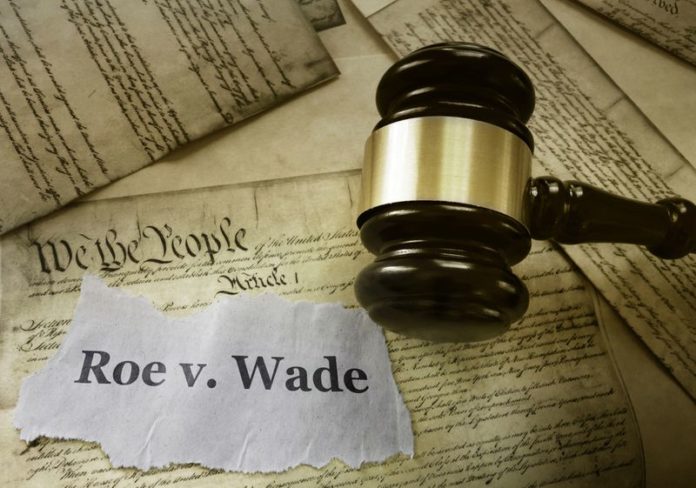
On the 49th anniversary of Roe v. Wade, practically all abortions have been banned in the second-most densely populated state for over five months.
The Supreme Court’s handling of Texas’ six-week abortion restriction indicated its Roe precedent, a landmark abortion rights ruling, may not be entirely preserved by its 50th anniversary.
The Texas court battle has also offered a taste of what access to abortion may look like if Roe is overturned.
Just hours before the anniversary of Roe v. Wade, the Supreme Court rejected an attempt to block Texas' draconian abortion ban.
When it comes to reproductive choice, this Court has prioritized politics over precedent.
And their gravely misplaced priorities are a danger to all.
— Adam Schiff (@RepAdamSchiff) January 20, 2022
Abortion rights groups fear that if the Supreme Court upends Roe v. Wade in a Mississippi case that judges are set to consider this summer, the situation might become widespread.
The Texas decision gave opponents of abortion an idea of what the Supreme Court might do in the Mississippi decision, which directly challenges Roe.
In the meantime, Texas has discovered a method to ban abortions before fetal viability, despite existing legal precedent guaranteeing abortion rights up to that point. Per a CNN survey, only 30% of Americans support overturning Roe v. Wade.
A Supreme Court That Views Abortion Uniquely
When the Supreme Court revisited Texas’ six-week abortion restriction last year, it was not considering whether to alter court standards that safeguard access to abortion until the fetus is viable, at 23 weeks into conception.
Nevertheless, the justices’ approach hinted that the court, which swung to the right after Trump appointed three conservative justices, would consider abortion differently.
Abortion clinics usually get preliminary orders blocking stringent abortion legislation even before it takes effect. In the Texas case, however, conservatives on the Supreme Court refused to provide such relief, citing the Texas law’s unique construction.
Today is the 49th anniversary of Roe v Wade. It is the settled law of the land and the recently appointed SCOTUS justices acknowledged that during their confirmation processes. States like Texas should be more pro-family and focus on better outcomes for their citizens! pic.twitter.com/Cz2t79XDa3
— Kathleen4District13 (@Kat4District13) January 22, 2022
The Texas decision showed how much the Supreme Court evolved from a 2016 ruling that granted clinics a resounding victory over another Texas abortion law that took a far tighter approach to restrict access.
How A Close Win Feels Like A Defeat
According to sources, abortion seekers in Oklahoma had to wait four weeks for appointments. In contrast, those in Louisiana had to wait up to six weeks.
The Texas case showed how court conflicts over access might generate new legal complexities.
The Supreme Court allowed abortion clinics to sue a few state licensure agencies that may theoretically suspend physicians’ credentials for performing illegal abortions.
“The Supreme Court’s judgment is the worst of all worlds for us,” said Marc Hearron, senior attorney for the Center for Reproductive Rights, which represents the clinics in the case.
At a previous hearing, two members of the 5th Circuit’s panel stated they did not see any urgency in granting the clinics’ current request for relief.
Judge Kyle Duncan challenged the clinics’ case against the regulatory officials’ utility, considering the continued chilling impact of private enforcement litigation.
If the Supreme Court rules favor Mississippi’s 15-week abortion restriction, then the court should merely wait on their case.
















